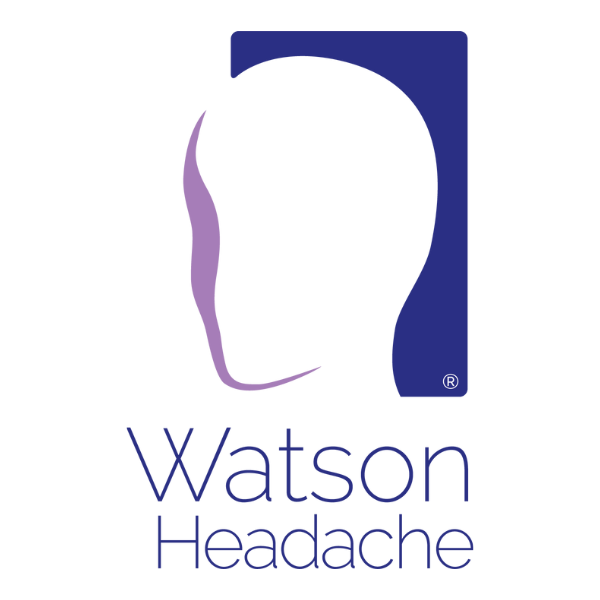Keen to answer the neuroscientist’s query, (see Edition 11 – Reproduction and Resolution of Headache – Significant?), Watson reiterates the fundamental situation. “OK, I’m glad you have asked about Trigeminal Afferents, for clearly, they are in the mix. We know that conditioned pain modulation (CPM) and Serotonin are the peacekeepers or friends of the trigemino cervical complex (TCC) and that Trigeminal and Cervical Afferents are the aggressors or potential enemies of the TCC – there are only two sources of head pain – from the Trigeminal or Cervical fields.” “Elementary,” remarks Watson’s colleague.
Watson continues, “My expertise lies specifically in the manual examination and treatment of the upper cervical spine, and not in the craniofacial region, but I am always aware of the possibility of other sources for symptoms. I intend to rule out or confirm cervicogenic headache or cervical afferents as the source of central sensitisation.”
“How do you know this?” enquires the neuroscientist.
“Well, there are some characteristics from the subjective examination that indicate CGH or relevancy of cervical afferents, but let’s focus on the CS of the TCC, which could be as a result of disinhibition (CPM/Serotonin) or facilitation (Trigeminal or Cervical Afferents),” Watson replies. The neuroscientist nods in agreement.
‘Centrally Driven’ Central Sensitisation
“As discussed before, if the TCC is sensitised because of disinhibition, input from the cervical field will reproduce (interictally) or increase (ictally) headache. This is why I am advocating for the reproduction (alone) of typical head pain to be modified in the diagnostic criteria for CGH. Furthermore, as the technique is sustained, symptoms will increase – temporal summation. As I have mentioned before, this is extremely rare in my experience.”
“Agreed,” acknowledges the neuroscientist.
Watson then pauses and reflects. “Having said that, in the rare situation in which I am suspicious of centrally driven CS (CCS), I will also do a technique on a spinal segment (outside of the TTC field), and if head pain is produced again, I am leaning towards a CCS state. In these situations, the head pain doesn’t change; it neither lessens nor is there aggravation.”
“That’s interesting,” remarks Watson’s colleague.
The Case for Trigeminal Afferents
“But,” Watson continues, “resolution of typical head pain, with sustaining a cervical technique, I believe, identifies upper cervical afferents as a peripheral source of CS (PCS). However, if Trigeminal Afferents are the aggressors, input from the cervical field will reproduce (interictally) or increase (ictally) headache.”
“Yes, as for CCS,” confirms the neuroscientist. “But it’s not going to change, is it?” enquires the neuroscientist tentatively.
“Correct,” replies Watson. “A cervical technique is not targeting Trigeminal Afferents. Unchanging head pain as a cervical technique is sustained suggests sensitisation of the TCC is the sequelae of noxious trigeminal afferents.”
“But, could unchanging head pain be the result of clinicians’ suboptimal skill?” enquires Watson’s colleague.
“Yes, most certainly,” acknowledges Watson. “In this situation, it is important to recognise that multisegmental involvement is omnipresent, i.e. in my experience, it is very common (around 80%) for C0-C1 and C2-3 to be referring head pain. In this situation, it is important to determine the primary referring segment. For example, if head pain is not responding to C0-C1 techniques, then address C2-3. Typically, C2-3 resolves, and then on returning to C0-C1, it is much more responsive… or vice versa.”
“So, notwithstanding this, unchanging head pain suggests that Trigeminal Afferents are the culprits?” affirms the neuroscientist.
I have a Toothache: Trigeminal or Cervical?
“Correct,” replied Watson. “I have seen patients after unsuccessful tooth/teeth extraction for ‘tooth’ pain, in whom I have been able to reproduce and resolve their typical pain. Conversely, I have seen patients in whom I can reproduce their typical head pain without resolution and whose symptoms resolved after addressing a dental issue. I am sure my manual therapy colleagues can relate to this.”
“So what do you do if the aggressors are the Trigeminal Afferents?” asks the neuroscientist.
“I refer these patients to colleagues who are more skilled and experienced in the craniofacial region,” Watson replies.
“Well, I am pleased,” comments the neuroscientist, who then excuses himself for other commitments.
Changing the CGH Diagnostic Criterion
“So, just to clarify, you suggest that in the diagnostic criteria for CGH, reproduction of typical head pain should change to ‘Reproduction AND Resolution’ of typical head pain,” enquires Watson’s colleague.
“Yes.”
“Are there any other criteria you would like to comment on?”
“Don’t get me started…!” exclaims Watson.

